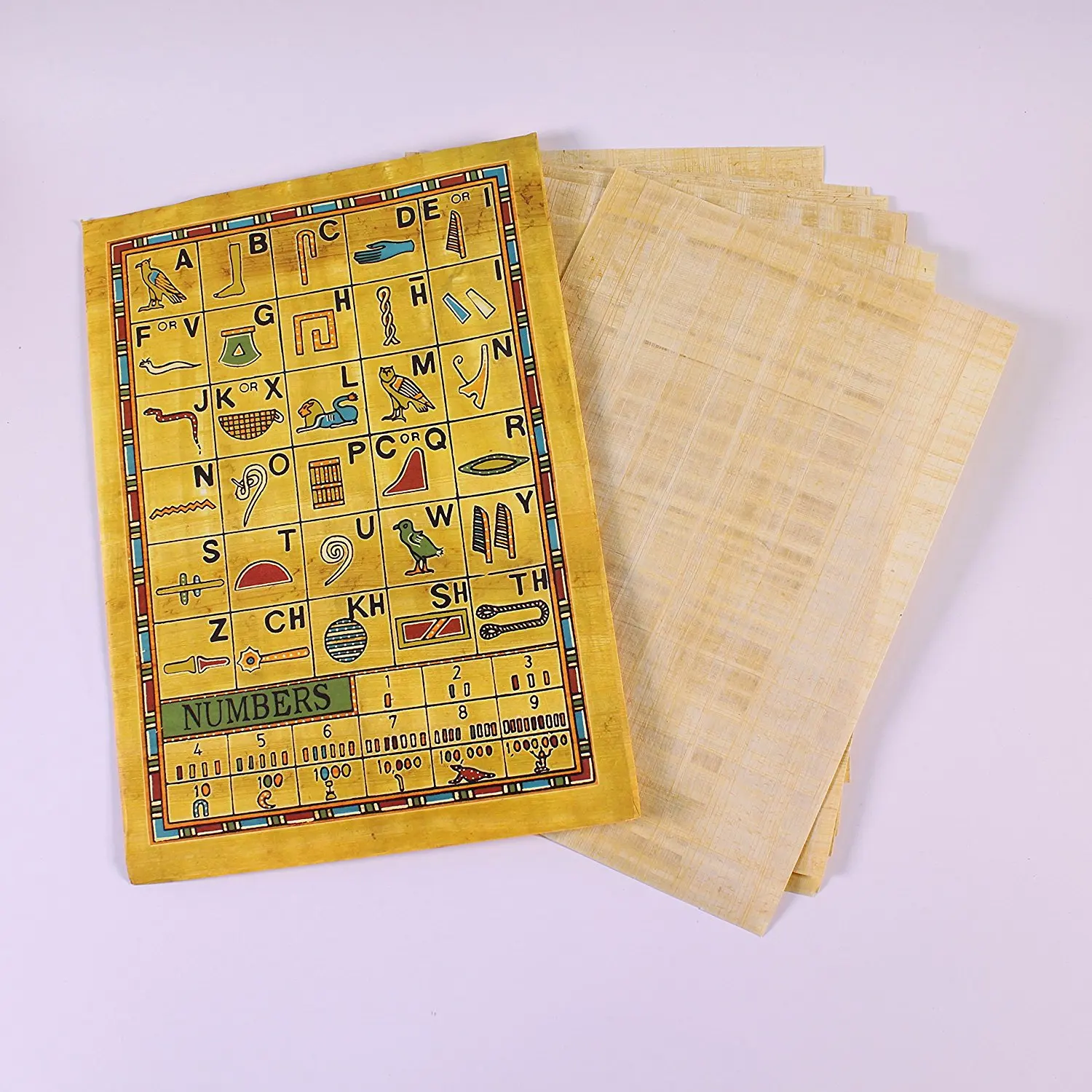

Finally, I mounted the papyrus between two pieces of glass and bound the edges with linen tape. The placement of the fragments was then studied over a light box so that the transmitted light would show if the papyrus fibres matched correctly. Next, I examined the fragments to see how the text could be matched between sections. As the smaller fragments were so thin and deteriorated, I decided to support each of the fragments with a lining of thin Japanese paper adhered with wheat-starch paste to give strength to the whole area. As some of the dark brown staining was soluble in water and acetone, this process also reduced the staining a little, making the text easier to read. Next, I used water to remove the paper backing. To do this I strengthened the papyrus fragments temporarily with Japanese paper, adhered with conservation adhesive dissolved in acetone. You can read more about mummification balm, what it was used for and why in Dr Kate Fulcher’s blog.ĭetail from the Book of the Dead of Padihorpara showing the brown backing paper and the two sections of the papyrus.įirst, I needed to remove the backing paper and separate the lower papyrus fragments. Balms were made from mixtures containing tree resins, plant oils, bitumen and animal fats, and these had covered the lower end of the papyrus roll. The lower section was badly deteriorated with many missing areas, and it was much darker in colour than the upper section – it had been heavily stained by mummification balm when the rolled papyrus was placed with the mummy for burial. The papyrus was in two sections with a large gap between the pieces, which were not correctly lined-up – making the text confusing to read. It was adhered to a 19th-century paper backing which was distracting and unevenly coloured brown with watercolour paint. Part of the Book of the Dead of Padihorpara needed a lot of conservation before the exhibition. However, others needed more extensive treatments. Some needed only a few repairs or improvements to their framing. More than 30 papyri from the British Museum collection were conserved for Hieroglyphs: unlocking ancient Egypt.

This keeps the papyrus as stable as possible, by avoiding any flexing of the glass. For large papyri the glass enclosure is usually given extra support from a wooden or metal frame. The glass supports the papyrus over its whole area and makes both sides visible for study, as many papyri have text on both sides. The Japanese paper that we use is very pure and made from long fibres, resulting in a thin and strong material. The papyrus is placed between the pieces of glass and attached with Japanese paper hinges so that the papyrus doesn’t move around. In the collection, papyri are protected by storing them in mounts, made from two pieces of glass taped around the edges.
:max_bytes(150000):strip_icc()/papyrus-plants-for-water-gardens-4125678-05-72f9768755c24d07879f682e62632b5e.jpg)
At the British Museum, papyri are regularly used for study by visiting scholars, displayed in the galleries, or loaned to museums all over the world for exhibitions. These ancient manuscripts must be stored and handled very carefully to preserve them for future generations. Surviving papyri can be fragile and brittle, and generally have problems such as missing areas, tears and other examples of deterioration. In ancient Egypt the inks used for writing were very stable: the carbon black and red haematite (red ochre) aren't soluble in water and aren’t sensitive to light, so the writing can still be read clearly today. This lack of moisture also protects papyrus from being affected by microorganisms, like mould, which could consume and destroy the papyrus. Luckily, the dry Egyptian climate means that papyrus has been able to survive for thousands of years. Papyrus is mainly made of cellulose, which ages and deteriorates over time, becoming fragile and brittle as it's broken down by hydrolysis (a reaction with water) and oxidation (a reaction with oxygen). When first made, papyrus sheets would have been strong and flexible, providing a good surface for writing. The presence of water in the earth causes organic materials such as papyrus, textiles or wood, to deteriorate and rot away. These sheets can be attached together to form rolls for writing. The stem of the plant is made into sponge-like strips which are overlapped horizontally then vertically, and then pressed together to form sheets. Papyrus is made from the Cyperus papyrus plant. The oldest written papyrus from the British Museum in the exhibition dates from the 12th Dynasty (1985–1795 BC) – these delicate papyri have survived for thousands of years, giving us so much information about life in ancient Egypt.


 0 kommentar(er)
0 kommentar(er)
